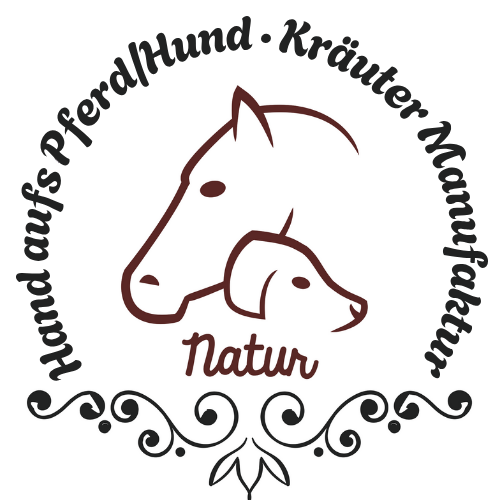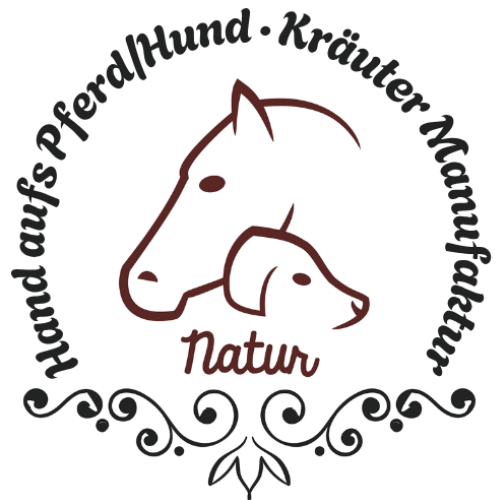Weak tendons in dogs – or also flat feet
Tendons are fibrous connective tissues that muscles They connect to bones and enable a dog to perform movements. They play a central role in the musculoskeletal system of dogs and are composed primarily of collagen, a strong and flexible protein.
Anatomy of dog tendons
- Structure : Tendons consist of densely packed collagen fibrils arranged parallel to each other. This gives them the necessary tensile strength to transmit forces between muscles and bones. The collagen fibers are surrounded by a thin layer of connective tissue, the epitendineum, which envelops the tendon and provides a smooth surface.
- Tendon sheaths and bursae : To minimize friction between the tendon and surrounding structures, such as bone or skin, some tendons are surrounded by tendon sheaths filled with a lubricating fluid. Bursae, small cushions filled with synovial fluid, are also located at high-stress sites and help reduce friction.
- Blood supply : Although tendons have a smaller blood supply than muscles, they are still supplied by blood vessels that deliver oxygen and nutrients and carry away waste products.
Physiology of tendons
- Force transmission : Tendons transmit the forces generated by muscles to the bones, creating movement. They act like ropes, pulled by the contractions of the connected muscles, transmitting the force to the bones.
- Elasticity and shock absorption : Tendons have a certain elastic property that helps them act as shock absorbers and mitigate peak loads during fast or powerful movements, such as running or jumping.
- Energy storage : The elasticity of tendons also allows them to store energy during the initial phase of a movement and then release it to make movements more efficient, similar to a rubber band that is stretched and then released.
- Position sense and proprioceptive function : Tendons contain proprioceptive nerve endings that inform the nervous system about the position and movement of the limbs in space, which is important for coordination of movements and balance.
Tendon injuries are one of the most common problems in dogs, especially in active and working dogs that are regularly exposed to high levels of stress.
Injuries and diseases of the tendons
- Tendonitis : Inflammation of the tendon, often caused by overuse or trauma. This leads to pain, swelling, and limited mobility.
- Tendon rupture : A complete or partial tear of a tendon, often resulting from a sudden, intense strain. Surgical intervention is often necessary to correct a tendon rupture.
- Degenerative changes : With age or as a result of chronic overuse, tendon structure and function can deteriorate. This can lead to tendon weakening and increased susceptibility to injury.
Symptoms
- Limping or clamming
- Unusual posture, especially walking on the wrists or ankles
- Pain, stiffness or swelling in the affected area
- Reduced activity level or noticeable changes in movement patterns
Healing and rehabilitation
Tendons can take a long time to heal because their blood supply is comparatively limited. This reduces their ability to heal and regenerate quickly.
- Rest and relaxation : Initially, a period of rest and relaxation is often necessary to support the healing process and prevent the injury from worsening.
- Pharmacological treatment : Anti-inflammatory medications may be prescribed to reduce swelling and relieve pain.
- Physical therapy : After a period of rest, physical therapy can help increase the strength and flexibility of the tendon and reduce the risk of re-injury.
- Rehabilitation exercises : Special exercises that gradually increase the load on the tendon are important to restore full functionality.
Prevention of tendon injuries
- Appropriate training : A gradual and balanced training program is crucial to avoid overtraining.
- Nutrition : A balanced diet that provides the necessary nutrients for the health of muscles and tendons can have a preventative effect.
- Weight control : Being overweight can lead to increased stress and strain on muscles and tendons and should be avoided.
- Warming measures : Warming up before training and physical activities helps to make the tendons flexible and less prone to injury.
Long-term management
In cases of chronic tendon problems or after serious injuries, long-term care may be necessary to ensure optimal tendon function and prevent future damage.
- Protection is the best therapy: The tendons need silicon for regeneration and development. Silicon is the main component of Silica and activates the collagen and elastic fibers of the tendons.
- Adapted activity level : The dog's activity level should be adapted to its health condition to minimize the likelihood of overexertion.
- Supportive devices : Braces or orthoses can be used to stabilize and relieve the affected tendon during the healing phase or in cases of chronic problems.
- Alternative therapies : Some dogs benefit from alternative therapies such as acupuncture, laser treatment, or hydrotherapy, which can help relieve pain and promote healing.
Tendons are important structures in the musculoskeletal system of dogs and play a vital role in transferring force from muscles to bones. However, they are also susceptible to injury and wear, especially in active dogs. Preventive measures, prompt and appropriate treatment of injuries, and a well-considered rehabilitation program are essential to maintaining tendon health and function.
Flatfoot in dogs – When the ligaments and tendons weaken…
The term "bottom-heel" is commonly used in connection with horses and refers to a disturbance in the horse's stability, in which one or more hooves overstep the mark, meaning the pastern joints bend excessively when standing or moving. This term is not commonly used and is rather unusual for dogs, but there are analogous conditions that can be associated with weakening or overloading of tendons in dogs.
In dogs, a similar phenomenon could be observed if, due to tendon weakness or injury, a dog tends to excessively bend the joints around the fetlock joint (roughly equivalent to the human wrist in the forelegs or the ankle in the hind legs). This can indicate a lesion or loss of structural integrity in the tendons or surrounding soft tissue. Often, dogs exhibit excessive toe splay in their paws, giving the appearance of flat feet. This occurs when the flexors of the toe joints are too elastic. When walking, it appears as if the dog is flinging one paw forward.
Tendon diseases “perforation” can have various causes, including:
- Trauma : Acute injuries can occur due to sudden overstretching or direct impact.
- Degenerative diseases : Chronic overuse or age-related changes can lead to a deterioration of the tendon structure.
- Dietary causes : Deficiencies in certain nutrients can affect tendon health.
- Genetic predisposition : Some breeds may be predisposed to tendon and joint problems.
- Puppies: Large breeds are often affected during the growth phase. Nutrient supplementation is essential during this time.
If a dog exhibits such weakness, a comprehensive veterinary examination and, if necessary, imaging procedures such as x-rays, ultrasound or magnetic resonance imaging (MRI) should be performed to identify the cause and initiate appropriate treatment.
We recommend our Tendon Herbal Walking Pleasure for dogs for the balance of the tendons
Source: Martina Hemm March 2025




